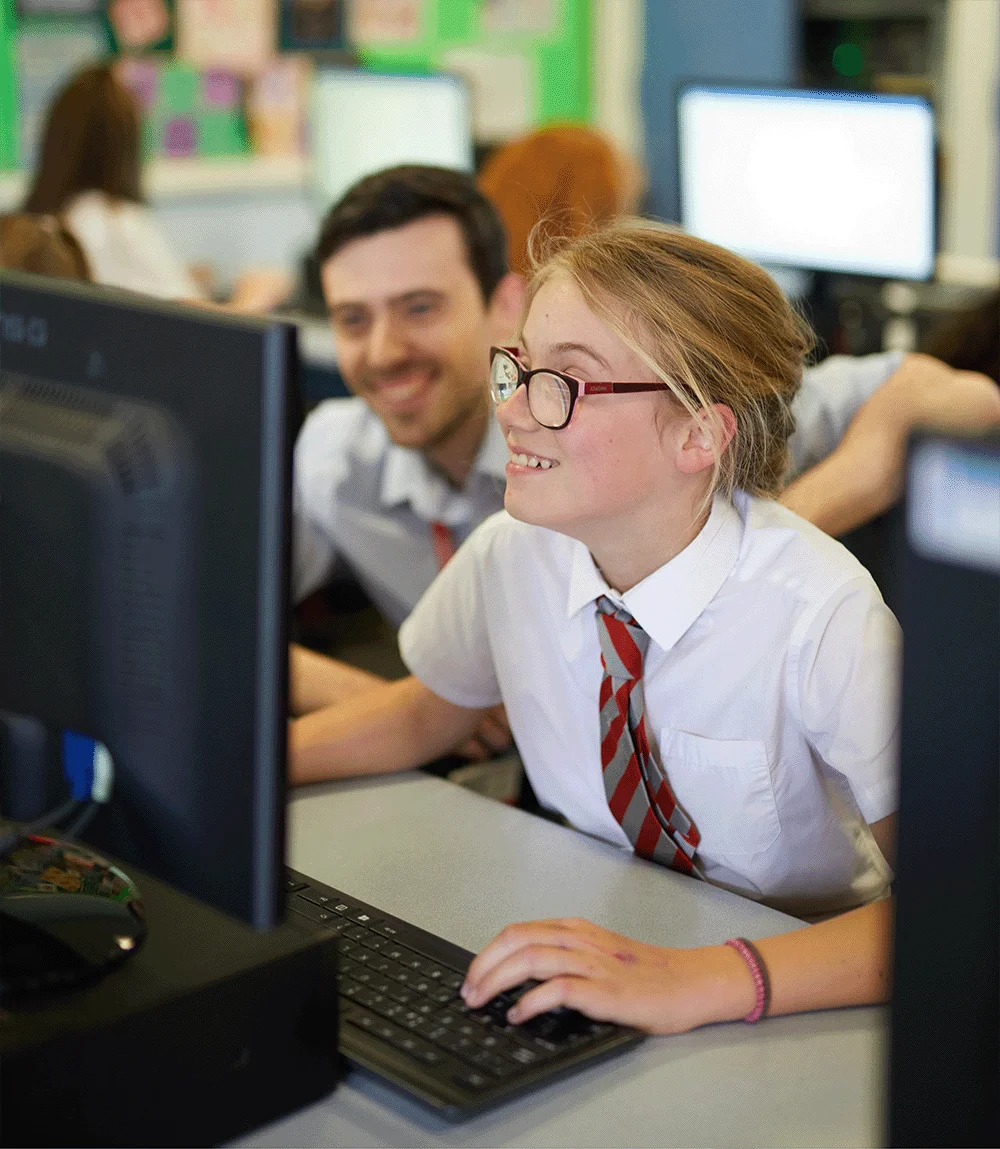Effective classroom management is essential for creating a positive and productive learning environment where students feel safe, engaged, and motivated to learn.
As a teacher, implementing strong classroom management strategies not only helps maintain order and minimise disruptions but also helps create a supportive atmosphere conducive to student growth and success.
In this article, we’ll explore some practical classroom management strategies that teachers can use to establish routines, build relationships, and promote positive behaviour in their classrooms.
Try these effective classroom management strategies with your students to become a happier, more effective teacher.










